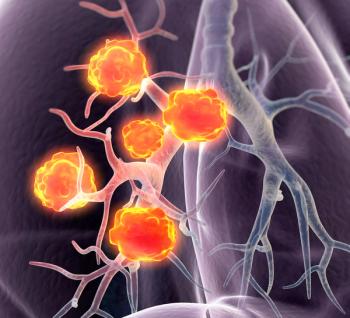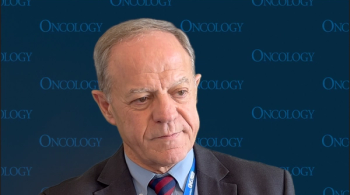
Rural vs Urban Residents More Likely to Have Cancer Fatalism, Information Overload
Cancer misinformation may be more prevalent among residents in rural vs urban areas, study finds.
Those who live in rural areas were reported to have higher levels of cancer fatalism and an overload of cancer information compared with individuals living in urban areas, according to a new study published in Cancer Epidemiology, Biomarkers, and Prevention.1
Rural residents were more inclined to believe that everything causes cancer (OR, 1.29; 95% CI, 1.17-1.43), prevention is not possible (OR, 1.34; 95% CI, 1.19-1.51), there are too many recommendations to prevent cancer (OR = 1.26; 95% CI, 1.13-1.41), and cancer is always fatal (OR = 1.21; 95% CI, 1.11-1.33) when compared with their urban counterparts. These concepts were referred to as the study’s “4 core beliefs.”
“Addressing this disparity is difficult on multiple levels, but perhaps most challenging is that rural adults often bypass cancer prevention and detection resources when they are made available. Trying to understand the reasons behind this behavior is a pressing task for cancer researchers. Our research hypothesis was that beliefs and attitudes about cancer may be the underlying cause, and that rural adults might be more prone to negative beliefs about cancer, possibly as a way to cope with limited access and resources,” lead investigator Jakob Jensen, PhD, a professor in the Department of Communication at the University of Utah, said in a press release.2
Investigators collected data from 12 centers, which included 3821 patients from rural areas and 6541 from urban areas. The majority of participants were non-Hispanic White (82.7%), although centers in the South, especially in rural areas, had a higher number of non-Hispanic Black individuals vs other centers (39.4% vs 22.0%). This was the case for the University of Alabama and Virginia Commonwealth University.
It was noted that while it wasn’t pertinent to the study to evaluate actual screening practices, it was important to discuss gender and eligibility for cancer screenings. Among women who were between the ages of 21 to 65 years, 21.9% were evaluable for cervical cancer screening. Additionally, 24.5% of women over 50 years of age were eligible for a mammography and 49.3% of individuals over the age of 50 years were eligible for a colorectal screening. At initial screening, 9.6% of participants indicated that they were current smokers, but not enough data was collected to determine if they were eligible for low-dose CT lung cancer screening.
When comparing between rural and urban residents, investigators noted significant differences. Those in rural areas were older, White, and were more likely to be female, have lower income, abd be less educated. Additionally, the population was more likely to be retired, be receiving Medicare, married, a smoker, and classified as obese according to their body mass index.
When looking at the 4 core beliefs the study was investigating, rural residents were more likely to respond that they agree or strongly agree with all 4 beliefs (P <.0001).
As investigators accounted for other demographic or lifestyle variables, the associations remained. The multivariate analysis found that individuals who had lower educational attainments and were smokers were more likely to agree with the four cancer beliefs statements. Additional variables that remained significant were age, sex, race or ethnicity, income, trouble paying medical bills, employment, and marital status. However, these were not significant in the 4 cancer belief outcome measures.
“Our findings are in line with previous research showing that this type of thinking might be a consequence of a wider cultural setup that fosters self-reliance and coping beliefs in response to stress and lack of resources. This is known as the psychological stress and coping theory. The findings of our study are consistent with this logic as populations with fewer resources (in this case, rural adults) are more likely to reduce (fatalism) or revise (overload) the situation,” Jensen concluded.
References
1. Jensen JD, Shannon J, Iachan R, et al. Examining rural-urban differences in fatalism and information overload: data from 12 NCI-designated cancer centers. Cancer Epidemiol Biomarkers Prev. 2022;31(2):393-403. doi:10.1158/1055-9965.EPI-21-0355
2. Rural residents tend to hold fatalistic beliefs and perceive more cancer-related information overload than urban residents. News Release. American Association for Cancer Research. January 28, 2022. Accessed on February 1, 2022. https://bit.ly/35H3SS8
Newsletter
Stay up to date on recent advances in the multidisciplinary approach to cancer.


















































































